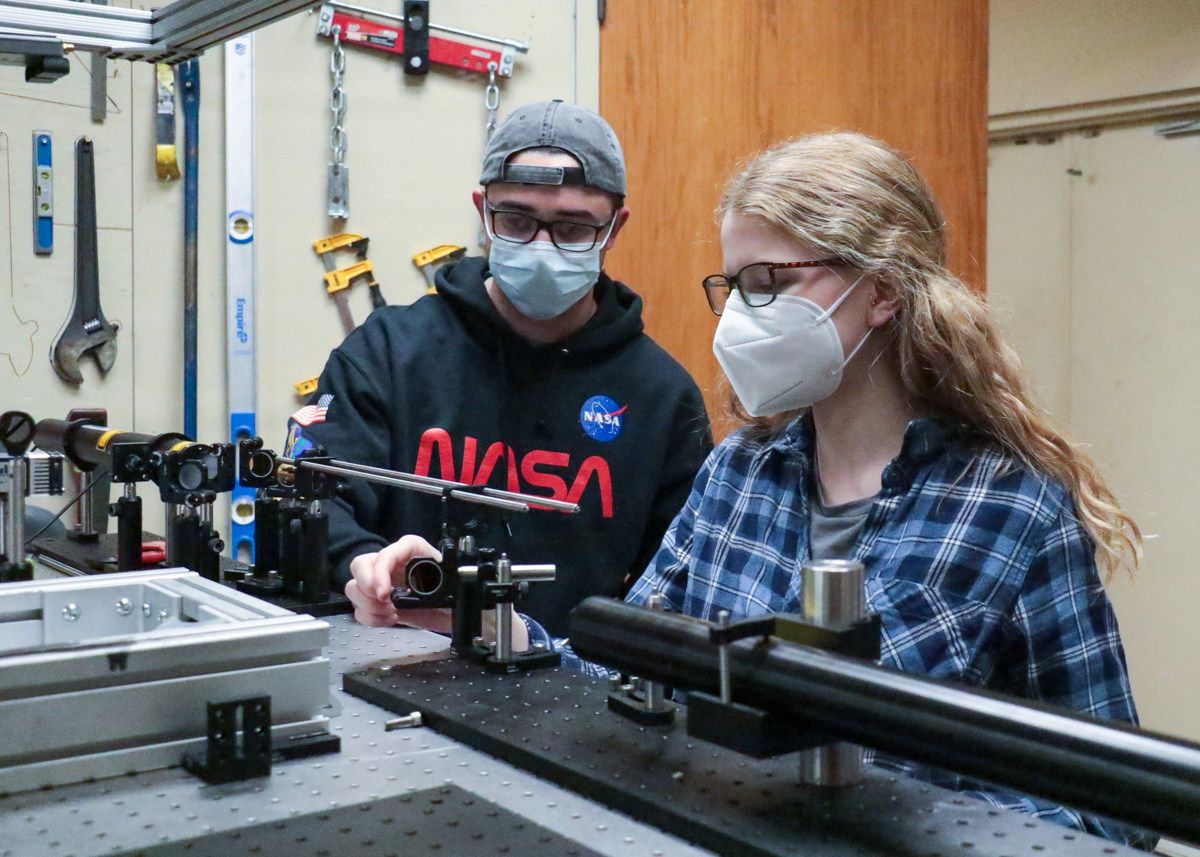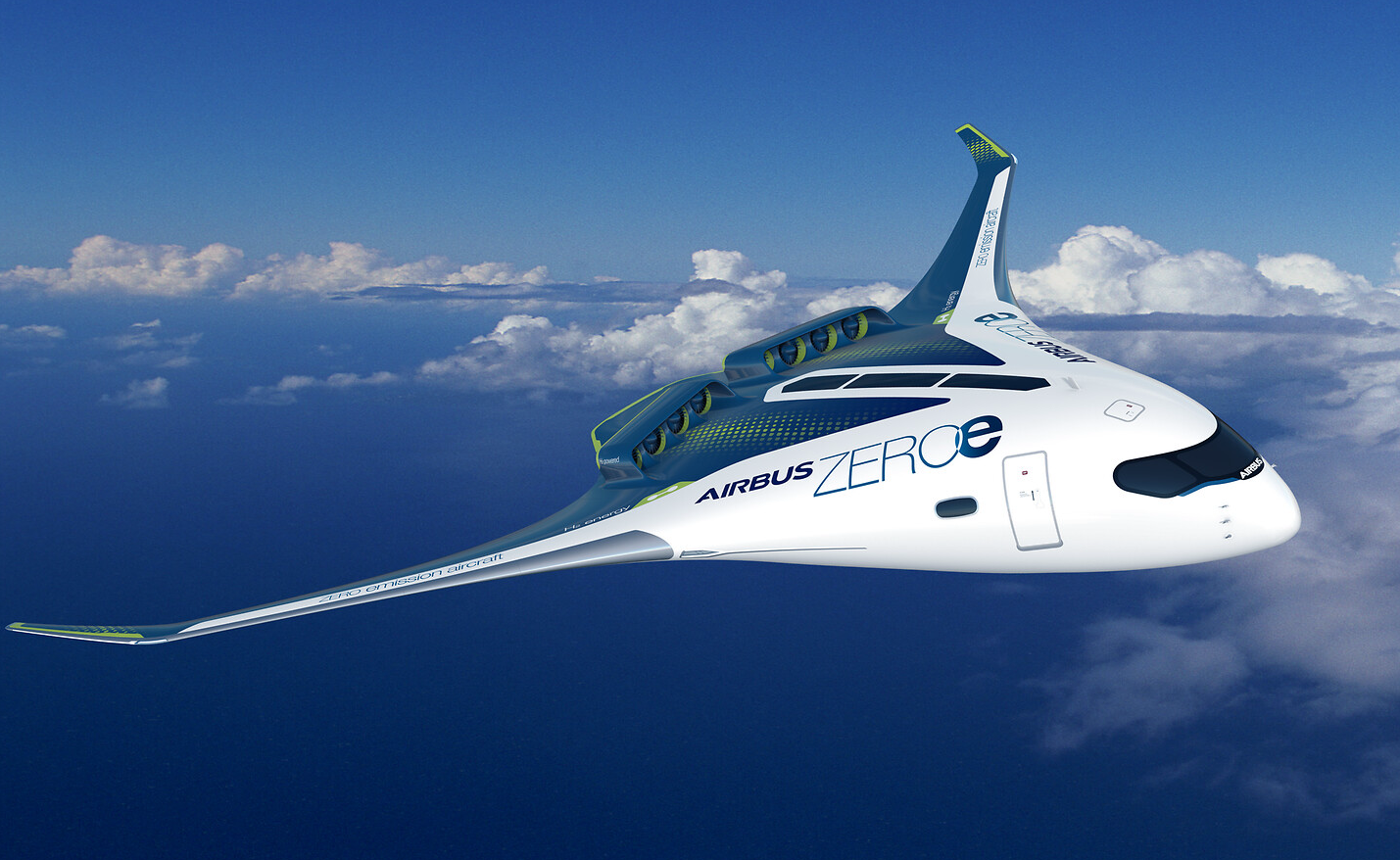While biofuels, Power-to-Liquids, and hydrogen have long been touted as the alternative fuels of the future, researchers are becoming increasingly convinced that ammonia, a compound of nitrogen and hydrogen, could also be part of the solution for net-zero emission flights. In a five-year project backed by the US National Aeronautics and Space Administration (NASA), the University of Central Florida (UCF) will analyze, test, and qualify ammonia as an option for powering aircraft jet engines sustainably.
The project is funded by a NASA University Leadership Initiative five-year grant to accelerate aviation sustainability. Researchers will use simulation technology developed by an engineering software company called Ansys. This will allow them to simulate complex chemical reaction systems surrounding ammonia, including vaporization of liquid ammonia inside heat exchange tubes, heat transfer, and the combustion of ammonia and hydrogen in the air.
Dr Jay Kapat is the lead investigator of the project and an engineering professor at UCF. He also leads the university's Center for Advanced Turbomachinery and Energy Research and had this to say about the new research project,
“We want to create a scalable solution for cleaner aviation and with Ansys’ cooperation we will get there faster. We would not be able to authenticate the use of liquid ammonia as a reliable and alternate fuel without the sophistication and capability of Ansys' fluids simulation tools."
Leveraging hydrogen properties
The goal of the UCF project is to be able to use ammonia as the main hydrogen carrier and thus leverage ammonia’s hydrogen components while only releasing safe emissions into the air.
The tools Ansys provides can simulate chemical kinetics and computational fluid dynamics (CFD). Prith Banerjee, chief technology officer at Ansys and executive sponsor of Ansys’ Academic and Sustainability Programmes, commented on the collaboration with UCF,
“Simulation is reshaping a cleaner future in many industries, and today we applaud its continued impact on aviation with this exciting new project made possible by UCF and NASA. (...) Through simulation, Ansys provides the predictive certainty to realise our customers’ vision for a sustainable future and model interactions that we otherwise could not analyse, such as chemical reactions. We look forward to playing a role in developing groundbreaking sustainable aviation fuel options.”
So why ammonia?
NASA and UCF are not the only ones taking an interest in ammonia as an alternative fuel, and one that may be preferable to pure hydrogen. Compared to pure hydrogen, ammonia is much easier to handle. It remains liquid at high altitudes and does not require the same additional cryogenic storage as hydrogen.
An Australian company called Aviation H2 has announced its intentions to have a Dassault Falcon 50 business jet in the air and operating (partially) on ammonia as soon as mid-2023. Due to the qualities of ammonia, there are fewer infrastructural alterations to be taken into consideration than with hydrogen. For airlines currently investing in new aircraft that will have a lifespan of about 20 years, this may be a more welcome option than retrofitting their planes with hydrogen storage and propulsion architecture.
What do you make of ammonia as clean burning fuel for the transport sector and aviation? Leave a comment below and share your thoughts.



